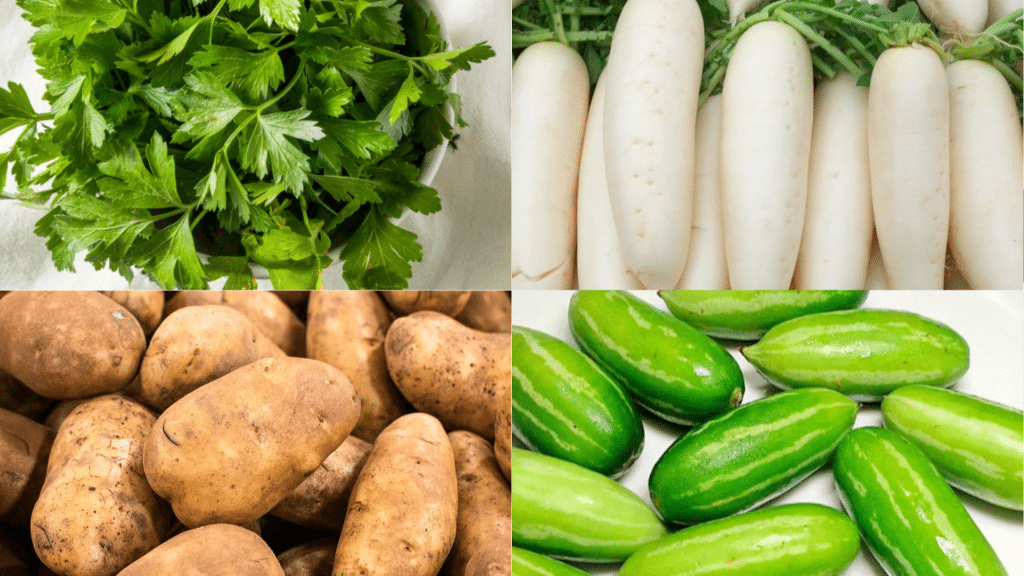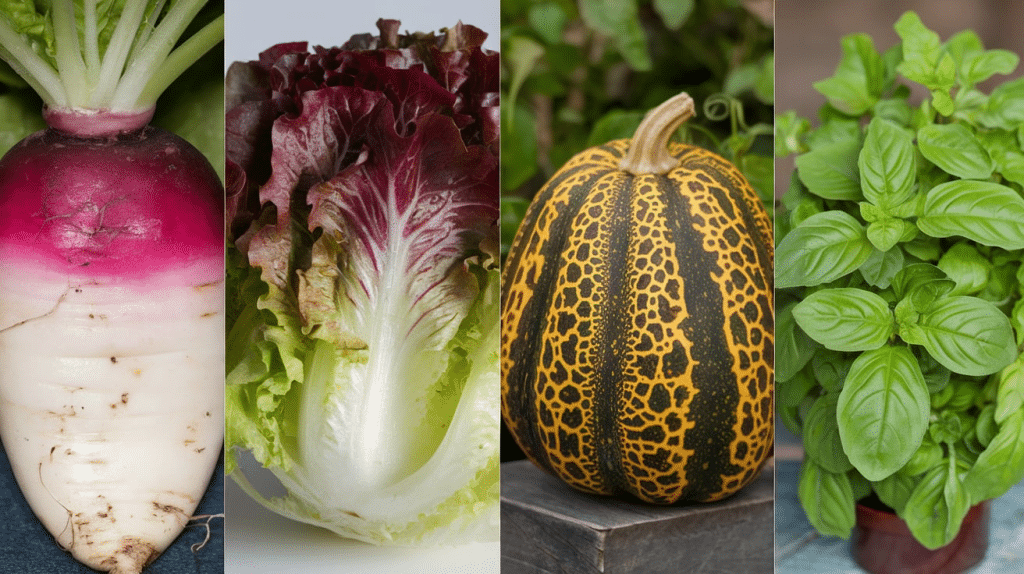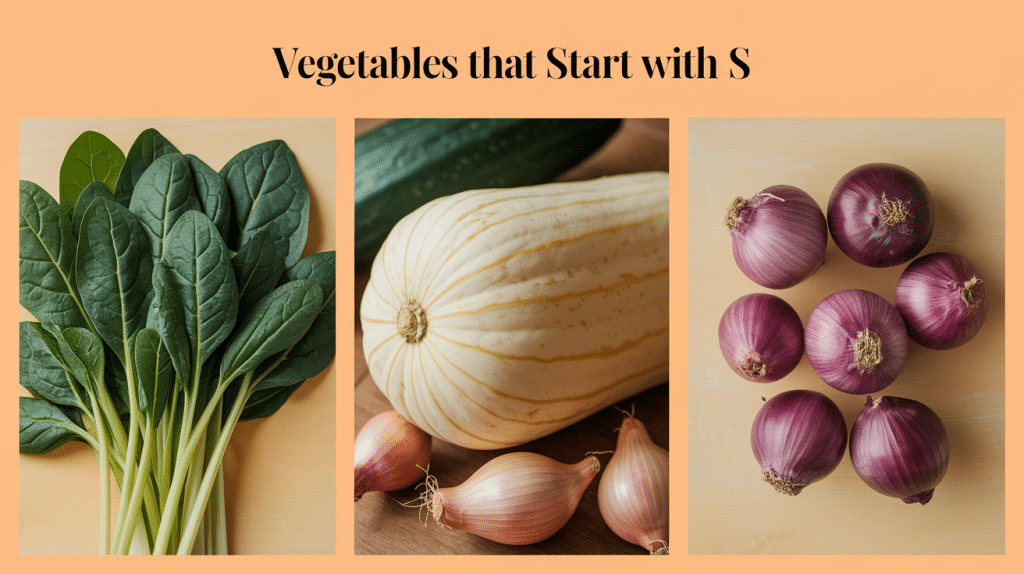Now Reading: 37 Fruit Names that Start with O: A Complete List
-
01
37 Fruit Names that Start with O: A Complete List

37 Fruit Names that Start with O: A Complete List
Welcome to this little corner of the internet where oranges, olives (yes, they’re technically fruits!), and all the other wonderful “O” fruits take center stage!
Have you ever wondered why some of the world’s most notable fruits start with the letter “O”? From the familiar orange to the lesser-known olallieberry, these fruits offer both flavor and incredible health benefits.
Looking at these fruits shows nature’s creativity, from sweet to savory, from everyday snacks to rare treasures.
People interested in boosting their health, trying new flavors, or simply learning something interesting will find that the world of “O” fruits has something special waiting.
Welcome to a place where common fruits become meaningful finds.
List of Fruits that Start with O
1. Orange

One of the most widely consumed fruits worldwide, oranges are a staple in many cuisines and cultures. Their vibrant color and juicy segments make them visually appealing and highly nutritious.
- Origin: Southeast Asia
- Botanical Name: Citrus × sinensis
- Flavor: Sweet and slightly tangy
- Health Benefits: Boosts immunity, aids digestion, promotes skin health
- Culinary Use: Consumed fresh, juiced, used in desserts, salads, and marmalades
2. Olive
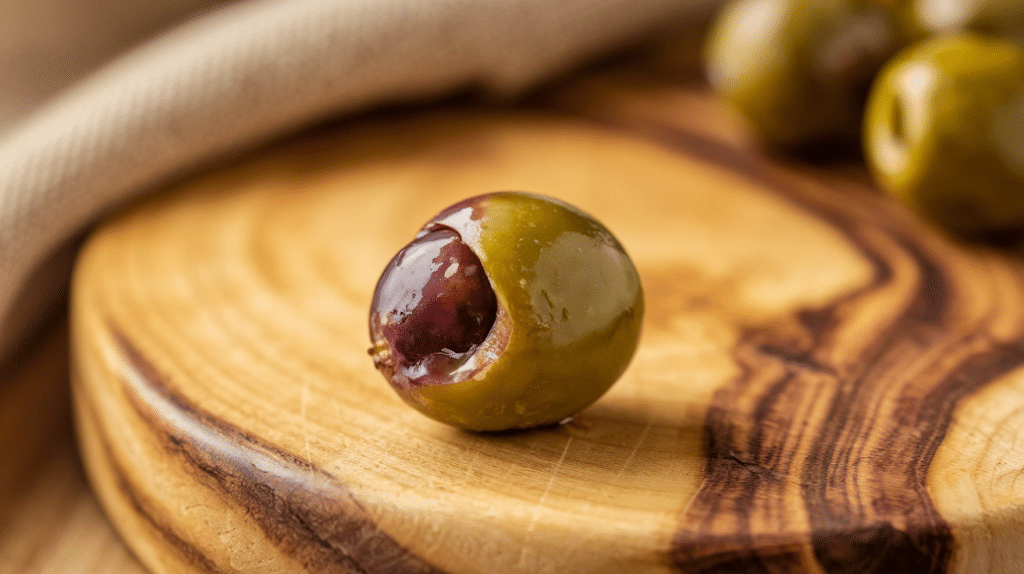
Grown for thousands of years, olives have been a vital ingredient in Mediterranean diets and hold cultural significance in many societies. Their oil is considered one of the healthiest fats available.
- Origin: Mediterranean region
- Botanical Name: Olea europaea
- Flavor: Bitter when raw, rich and buttery when cured
- Health Benefits: Supports heart health, reduces inflammation, aids in digestion
- Culinary Use: Eaten whole, pressed for oil, used in salads and Mediterranean dishes
3. Olallieberry
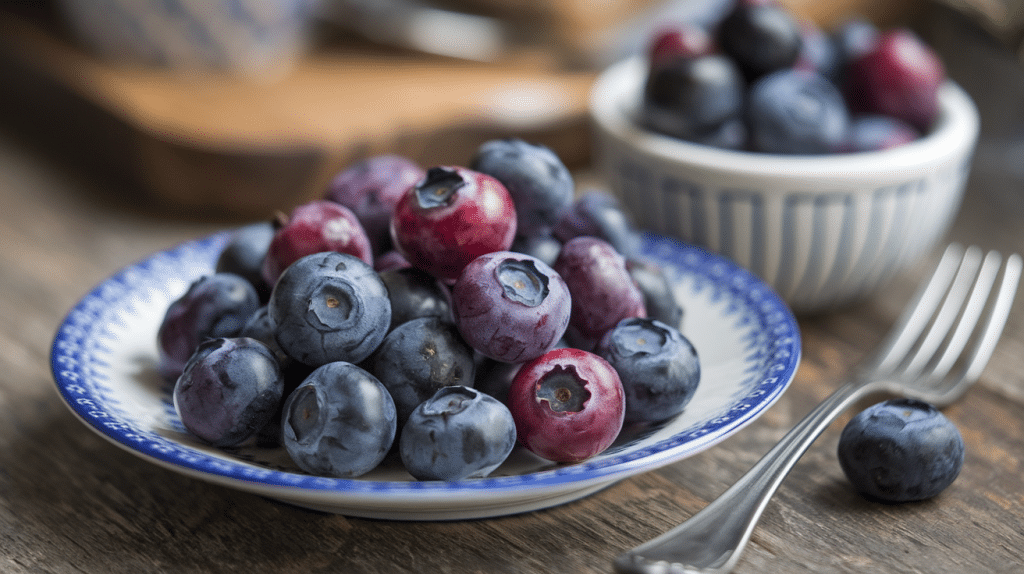
Developed in the 20th century, this hybrid berry is a cross between a loganberry and a youngberry. It is highly prized for its deep purple color and its ability to thrive in cooler climates.
- Origin: United States (California)
- Botanical Name: Rubus laciniatus × Rubus ulmifolius
- Flavor: Sweet with a tangy undertone
- Health Benefits: Rich in antioxidants, supports brain function, aids digestion
- Culinary Use: Used in jams, pies, syrups, and fresh snacks
4. Otaheite Apple
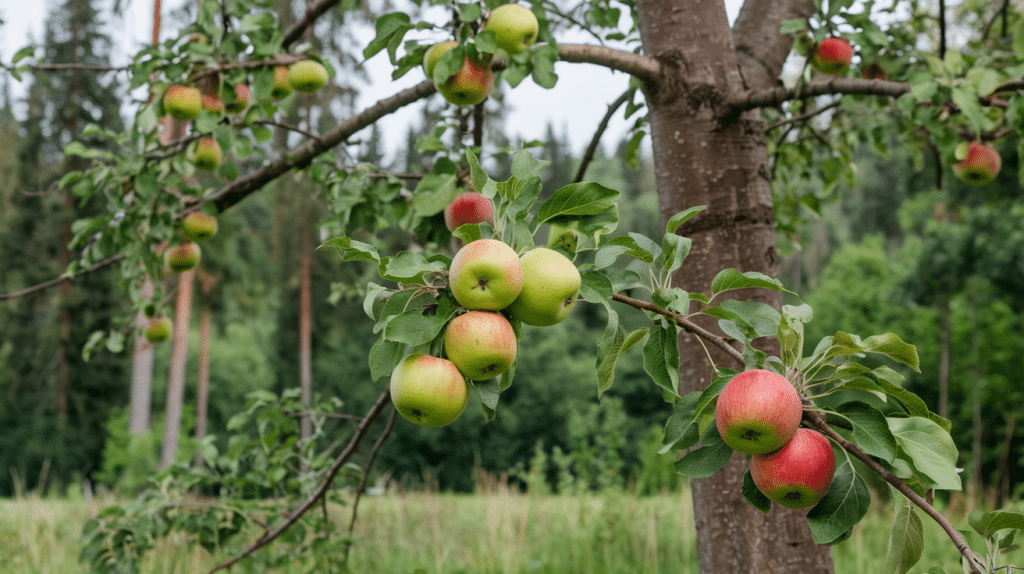
This tropical fruit is known for its shiny red skin and crisp, juicy flesh. It is often enjoyed fresh or turned into refreshing beverages in Caribbean cuisine.
- Origin: Polynesia and the Caribbean
- Botanical Name: Syzygium malaccense
- Flavor: Mildly sweet with a floral aroma
- Health Benefits: Good for hydration, promotes digestion, boosts immunity
- Culinary Use: Eaten raw, made into juices, chutneys, and jams
5. Oroblanco
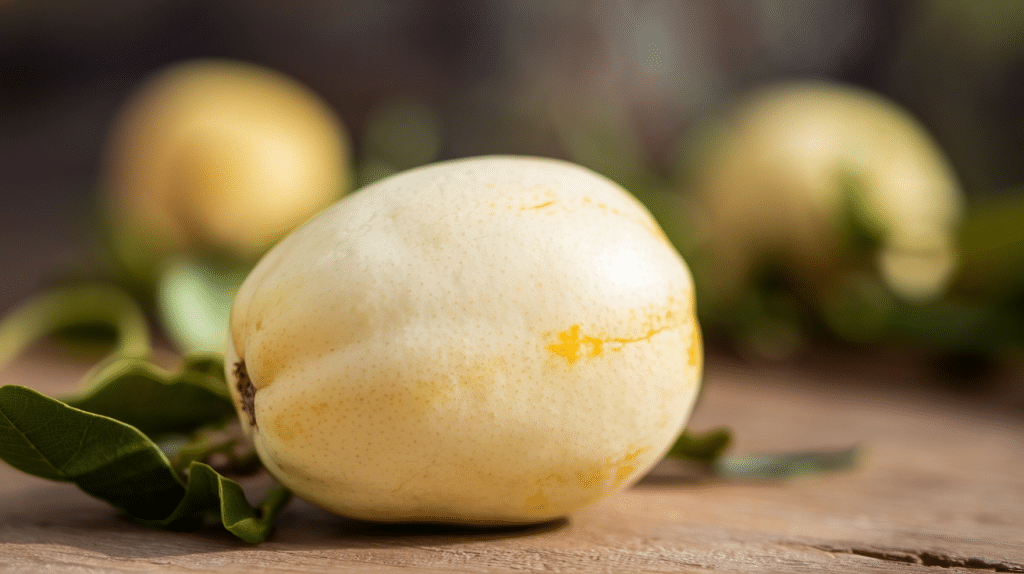
The oroblanco is a cross between a pomelo and a grapefruit, created through careful hybridization. It is well-loved for its juicy, seedless nature and thick, easy-to-peel rind.
- Origin: California, USA
- Botanical Name: Citrus maxima × Citrus paradisi
- Flavor: Sweet and mild, without the bitterness of grapefruit
- Health Benefits: Rich in vitamin C, supports weight management, aids digestion
- Culinary Use: Eaten fresh, added to salads, and used in juices
6. Ogeechee Lime
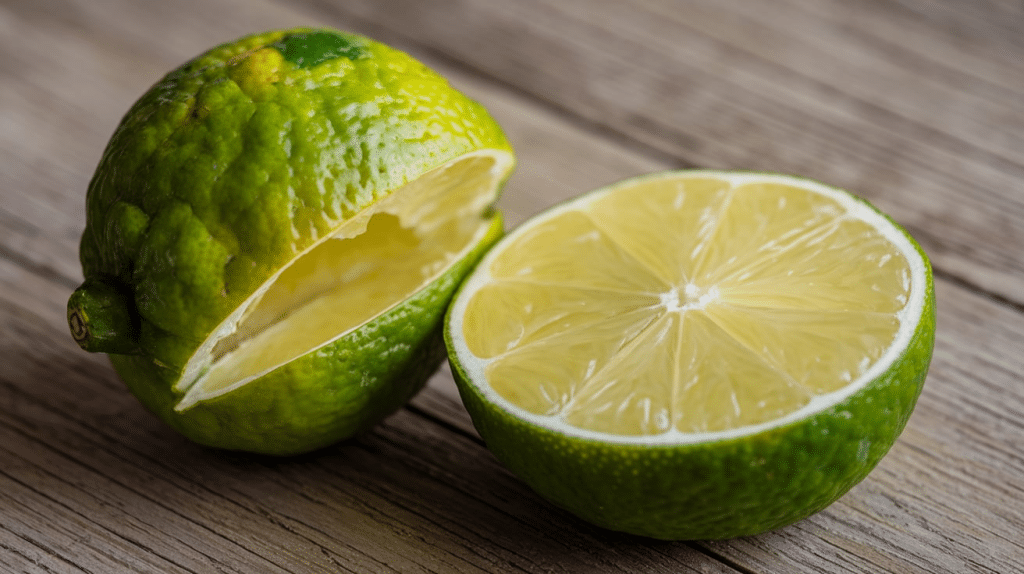
Named after the Ogeechee River in Georgia, this unique fruit grows on swamp tupelo trees. Historically, it has been used as a natural souring agent for food and drinks.
- Origin: Southeastern United States
- Botanical Name: Nyssa ogeche
- Flavor: Very sour and tangy
- Health Benefits: High in vitamin C, supports immune function, aids digestion
- Culinary Use: Used in pickles, beverages, and sauces
7. Oregon Grape

Despite its name, the Oregon grape is not actually a grape but a type of berry that grows in dense clusters. It has been used in traditional medicine for its antimicrobial properties.
- Origin: North America
- Botanical Name: Mahonia aquifolium
- Flavor: Tart and slightly bitter
- Health Benefits: Supports liver health, boosts immunity, has antimicrobial properties
- Culinary Use: Used in jams, jellies, and herbal teas
8. O’Henry Peach
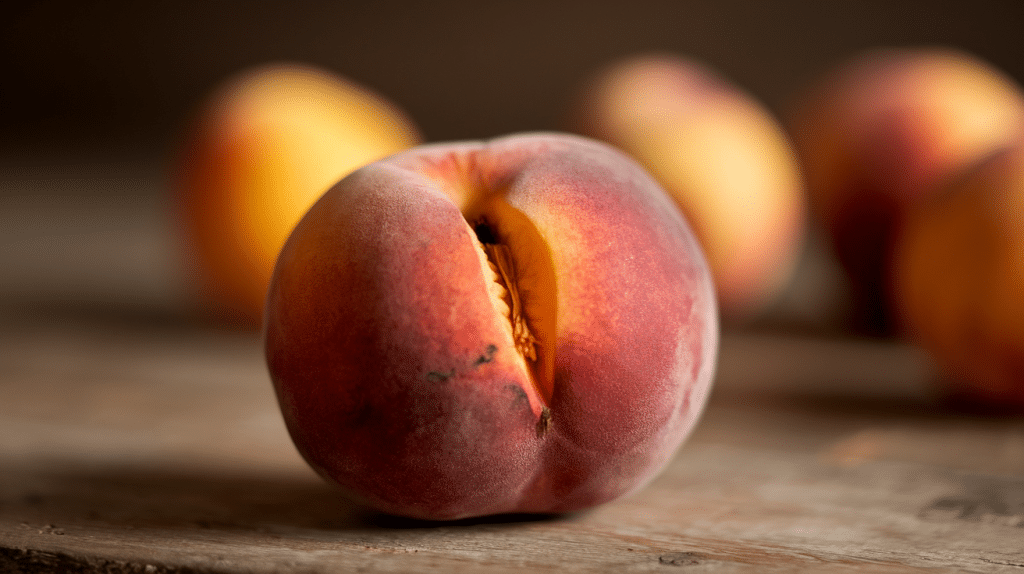
This late-season peach variety is recognized for its deep golden flesh and firm texture, making it a favorite for shipping and long-term storage.
- Origin: United States
- Botanical Name: Prunus persica
- Flavor: Sweet and juicy
- Health Benefits: Supports skin health, rich in vitamins A and C, aids digestion
- Culinary Use: Eaten fresh, used in pies, jams, and desserts
9. Okari Nut
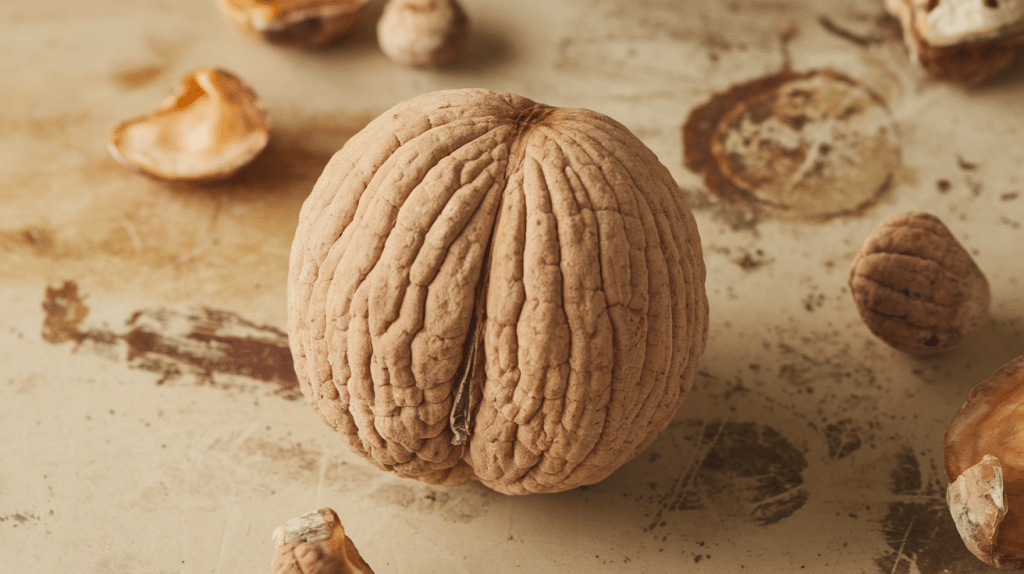
A tropical fruit with a hard, woody shell, the Okari nut contains a protein-rich kernel that is valued as a nutritious snack in its native regions.
- Origin: Papua New Guinea
- Botanical Name: Terminalia kaernbachii
- Flavor: Nutty and slightly sweet
- Health Benefits: Provides healthy fats, good for heart health, high in protein
- Culinary Use: Eaten raw, roasted, or pressed for oil
10. Oxblood Plum
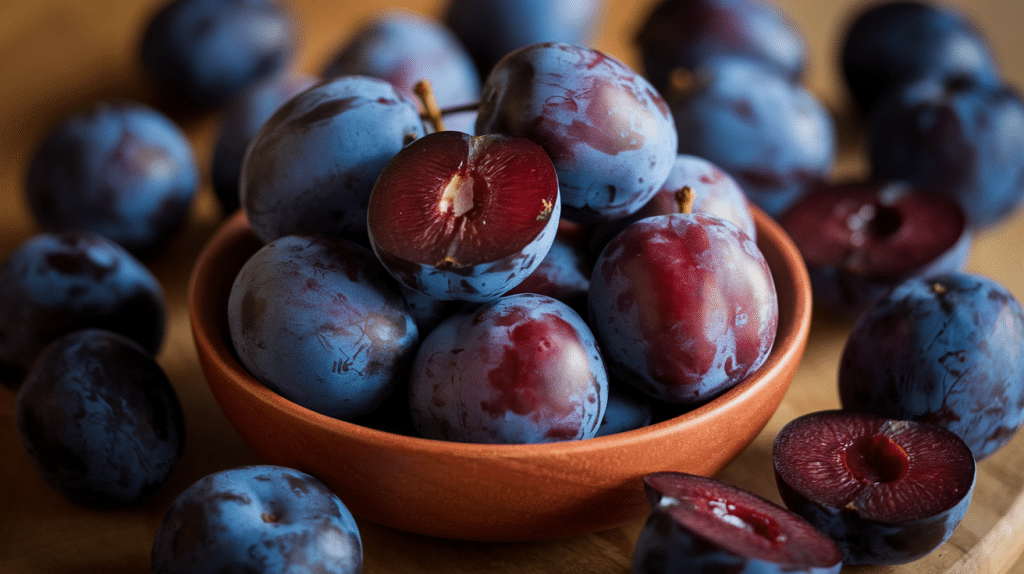
This strikingly dark-skinned plum is known for its resilience in different climates and its high antioxidant content, making it a sought-after fruit in health-conscious diets.
- Origin: Europe
- Botanical Name: Prunus domestica
- Flavor: Sweet with a hint of tartness
- Health Benefits: Aids digestion, supports bone health, rich in antioxidants
- Culinary Use: Used in jams, desserts, and fresh snacks
11. Osteen Mango
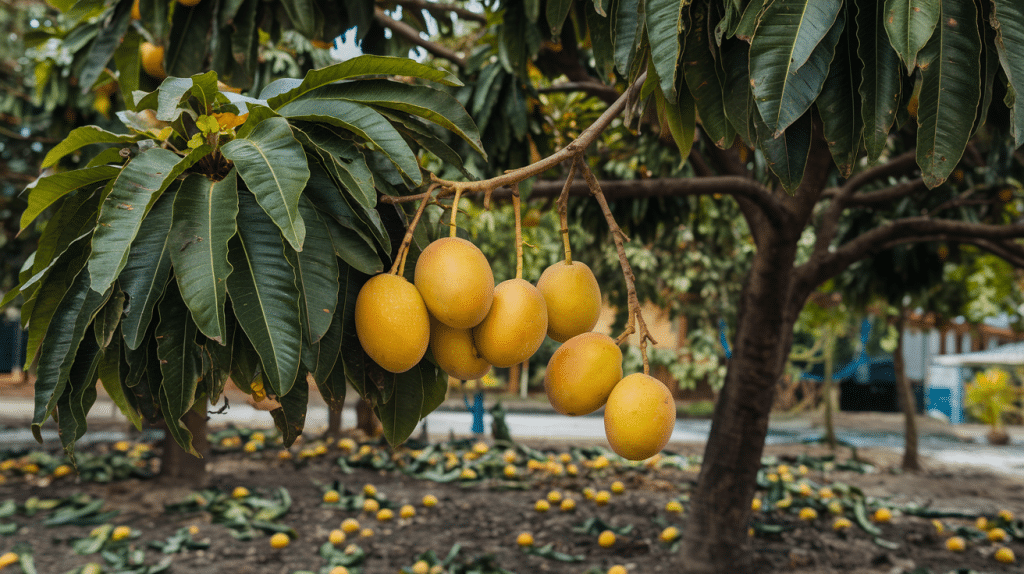
A large mango variety with smooth skin, Osteen mangoes are well-known for their long shelf life and resistance to bruising. They are widely cultivated in Florida and Spain.
- Origin: United States (Florida)
- Botanical Name: Mangifera indica ‘Osteen’
- Flavor: Sweet with mild acidity
- Health Benefits: High in fiber, supports digestion, boosts eye health
- Culinary Use: Eaten fresh, blended into smoothies, and used in desserts
12. Opal Apple
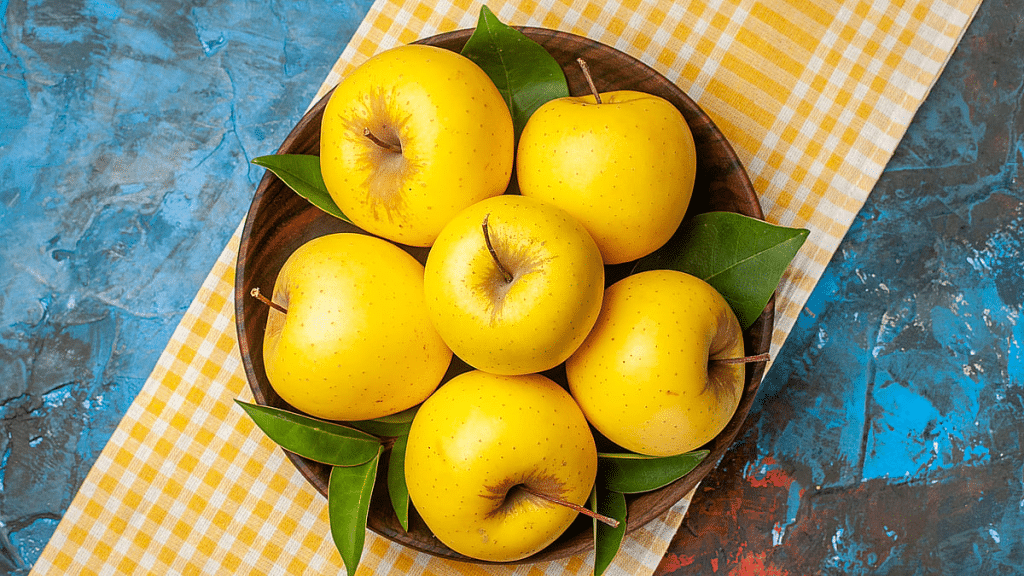
A naturally non-browning apple variety, Opal apples are a cross between Golden Delicious and Topaz apples. They are prized for their crisp texture and long-lasting freshness.
- Origin: Czech Republic
- Botanical Name: Malus domestica ‘Opal’
- Flavor: Sweet with a hint of tartness
- Health Benefits: Supports heart health, rich in fiber, promotes gut health
- Culinary Use: Eaten fresh, used in salads, and baked into pies
13. Ozark Gold Apple
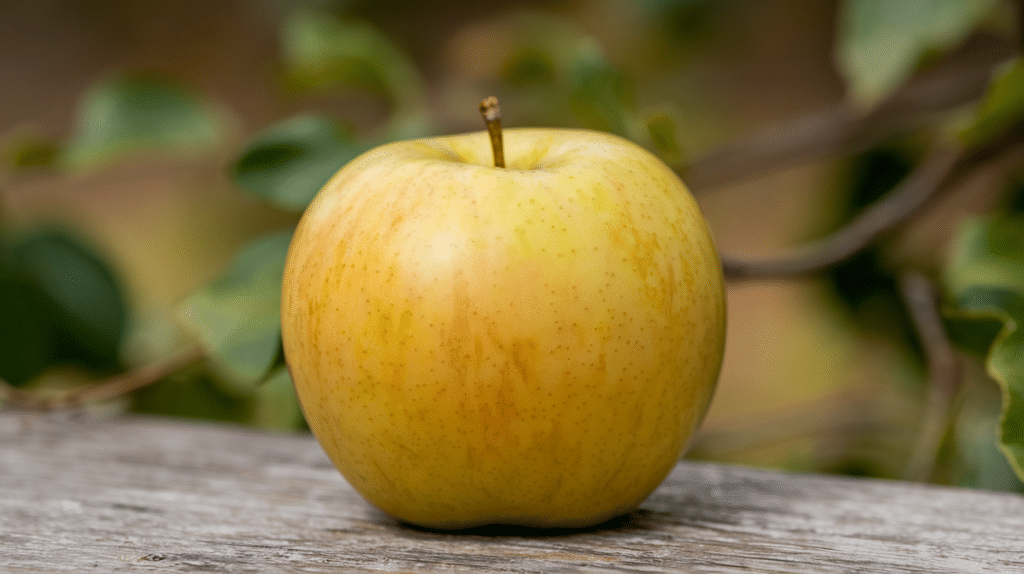
This apple variety is known for its early harvest season and firm, golden-yellow skin. It is a great choice for those who enjoy homegrown fruit.
- Origin: United States (Missouri)
- Botanical Name: Malus domestica ‘Ozark Gold’
- Flavor: Sweet with a slight tang
- Health Benefits: High in fiber, supports weight management, good for heart health
- Culinary Use: Ideal for baking, fresh eating, and making applesauce
14. Okinawa Pineapple
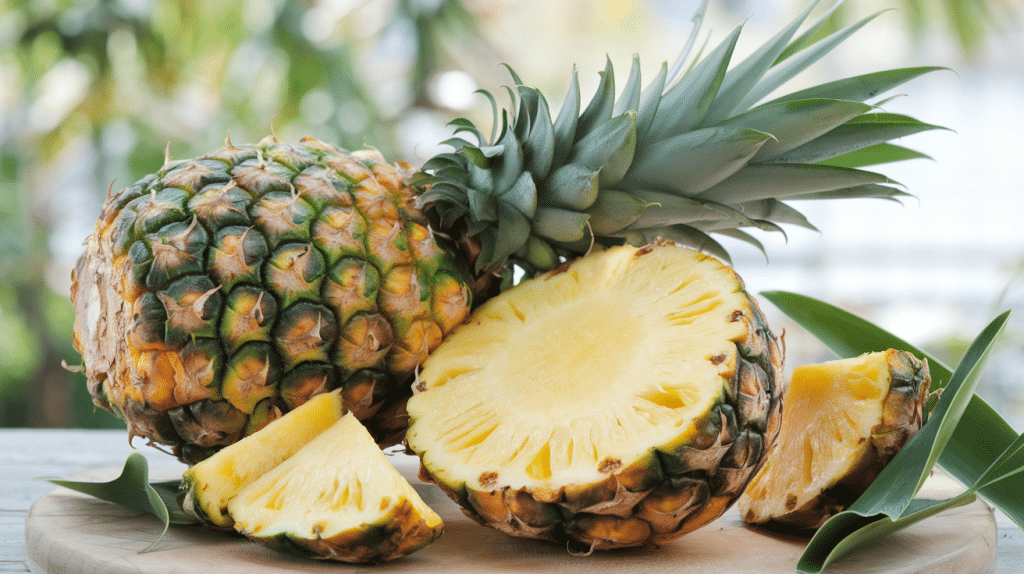
Grown primarily in Japan’s subtropical regions, the Okinawa pineapple is smaller than commercial pineapples but packs a strong tropical aroma.
- Origin: Japan (Okinawa)
- Botanical Name: Ananas comosus
- Flavor: Sweet with slight acidity
- Health Benefits: Supports digestion, high in vitamin C, boosts immunity
- Culinary Use: Used in juices, desserts, and tropical dishes
15. O’Rourke Fig
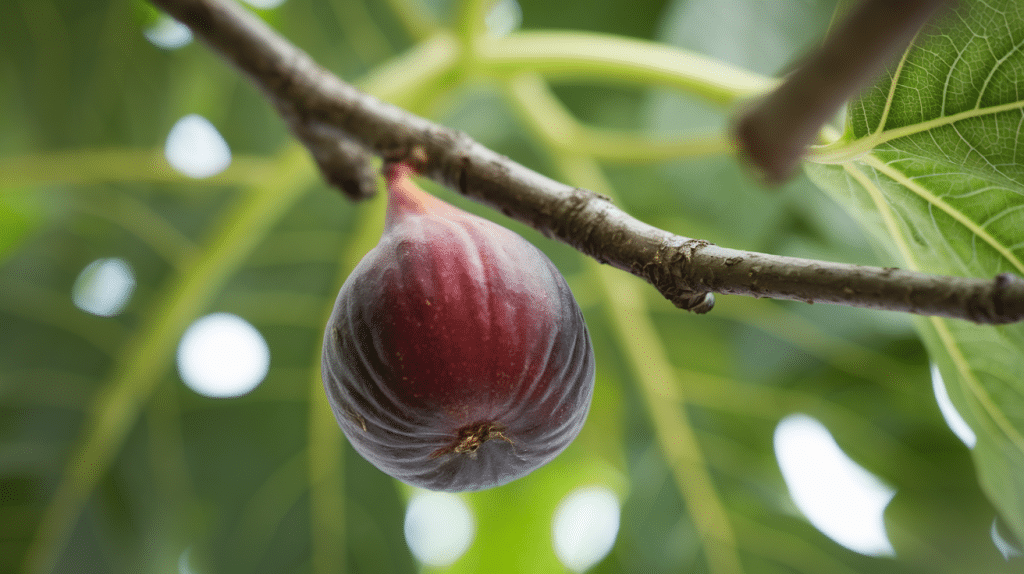
A high-yielding fig variety, the O’Rourke fig produces small to medium-sized fruit with a unique shape. It is valued for its adaptability to warm climates.
- Origin: United States
- Botanical Name: Ficus carica ‘O’Rourke’
- Flavor: Rich and honey-like
- Health Benefits: Good for digestive health, rich in antioxidants, supports bone health
- Culinary Use: Eaten fresh, dried, or made into preserves
16. Oaxacan Passionfruit
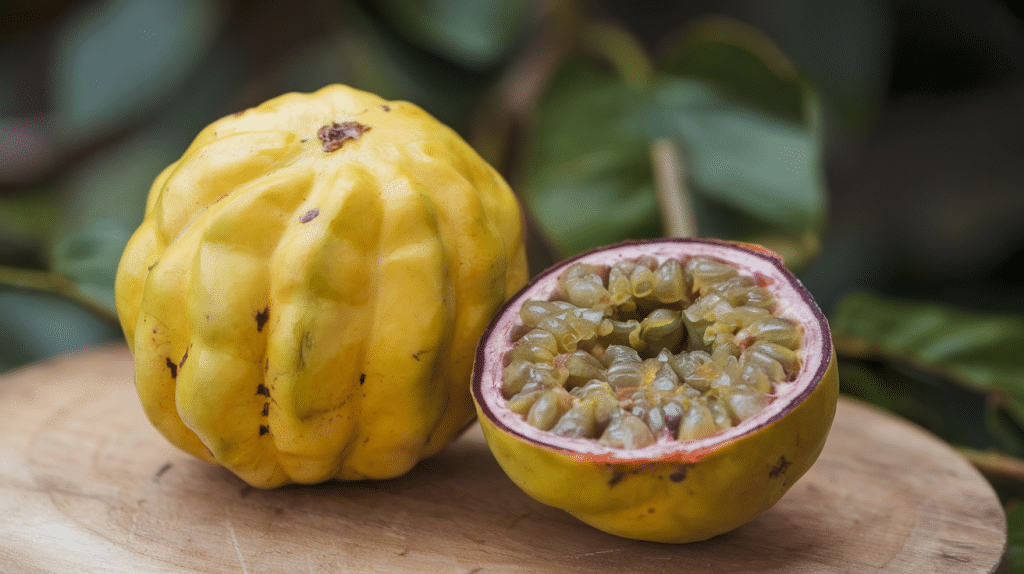
A lesser-known variety of passionfruit, this fruit is native to Mexico and thrives in warm, humid conditions. Its pulp is often used in refreshing beverages.
- Origin: Mexico
- Botanical Name: Passiflora ligularis
- Flavor: Sweet and tropical
- Health Benefits: Rich in vitamin C, supports digestion, boosts immune function
- Culinary Use: Used in drinks, desserts, and fruit salads
17. Ozark Beauty Strawberry
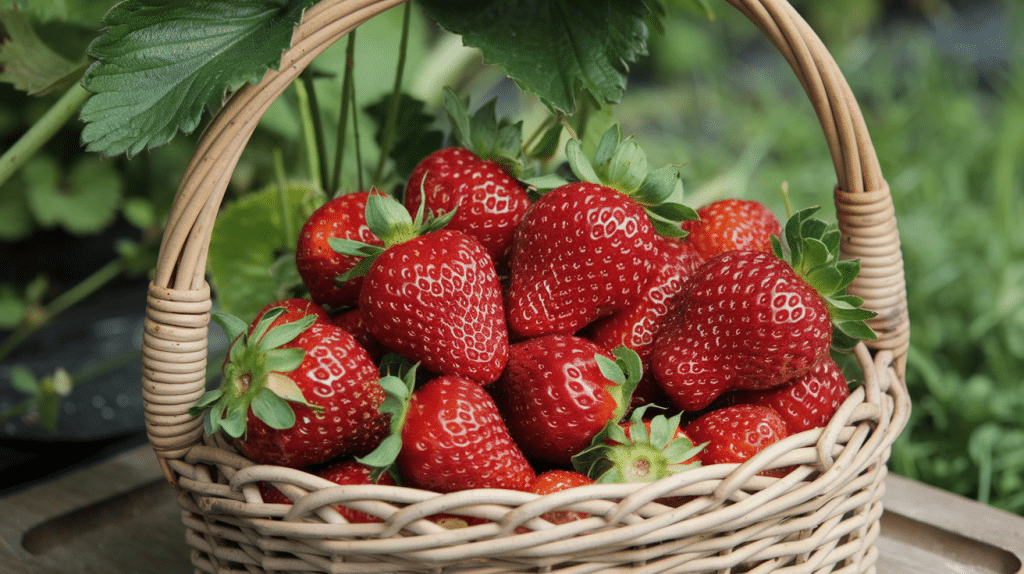
This everbearing strawberry variety is well-loved for its ability to produce fruit throughout the growing season, making it a favorite among home gardeners.
- Origin: United States
- Botanical Name: Fragaria × ananassa ‘Ozark Beauty’
- Flavor: Sweet and aromatic
- Health Benefits: High in antioxidants, supports skin health, promotes heart health
- Culinary Use: Used in fresh snacks, jams, and desserts
18. Oval Kumquat

Unlike the round kumquat, the oval kumquat has an elongated shape and a thin edible peel. It is often eaten whole, skin and all.
- Origin: China
- Botanical Name: Fortunella margarita
- Flavor: Sweet-tart with an edible peel
- Health Benefits: Supports immune function, high in fiber, aids digestion
- Culinary Use: Used in marmalades, candied, or eaten fresh
19. Orin Apple
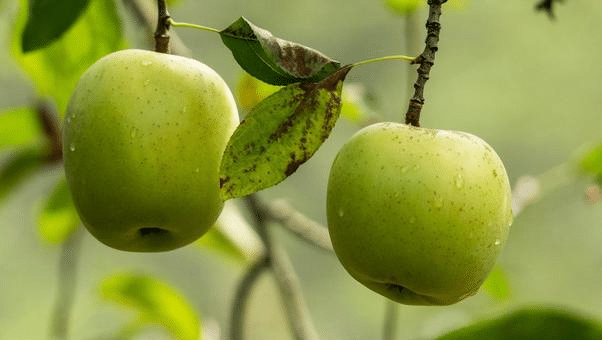
A unique apple variety with a striking yellow-green skin, the Orin apple is crisp and has excellent storage capability. It is commonly grown in Japan.
- Origin: Japan
- Botanical Name: Malus domestica ‘Orin’
- Flavor: Sweet and fragrant
- Health Benefits: Good for digestion, supports cardiovascular health, rich in fiber
- Culinary Use: Consumed fresh, used in salads, and baked goods
20. Ogallala Strawberry

Bred for cold resistance, this strawberry variety thrives in cooler climates and is well-loved for its juicy texture.
- Origin: United States
- Botanical Name: Fragaria × ananassa ‘Ogallala’
- Flavor: Sweet with a hint of tartness
- Health Benefits: High in vitamin C, promotes healthy skin, supports heart health
- Culinary Use: Eaten fresh, used in jams, and desserts
21. Oullins Gage Plum
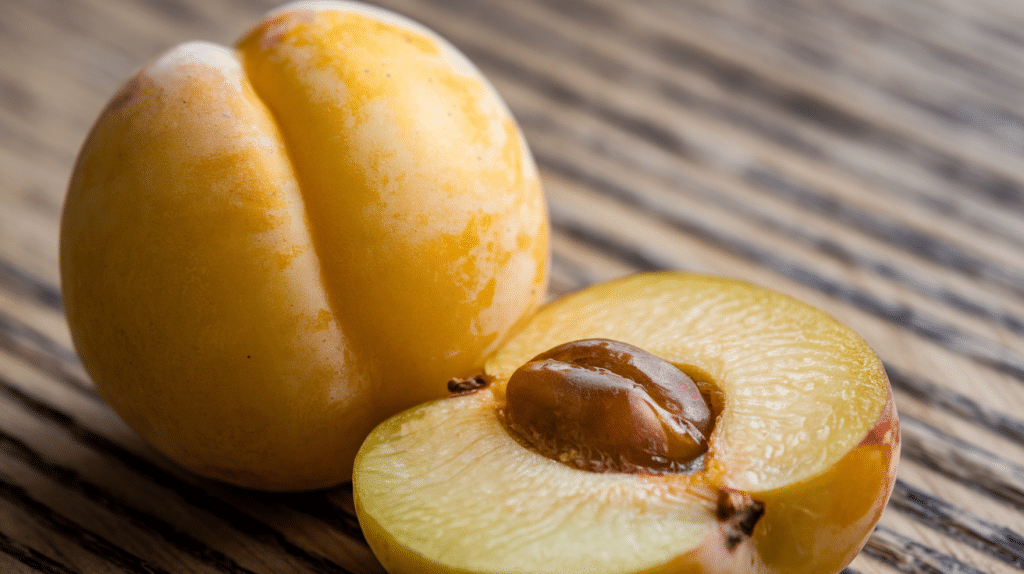
An heirloom variety of plum, this fruit is known for its large size and smooth golden-yellow skin. It is prized for its reliable fruit production and easy cultivation.
- Origin: France
- Botanical Name: Prunus domestica ‘Oullins Gage’
- Flavor: Sweet with a mild tartness
- Health Benefits: Supports digestive health, high in fiber, rich in antioxidants
- Culinary Use: Used in jams, desserts, and fresh eating
22. Opal Plum
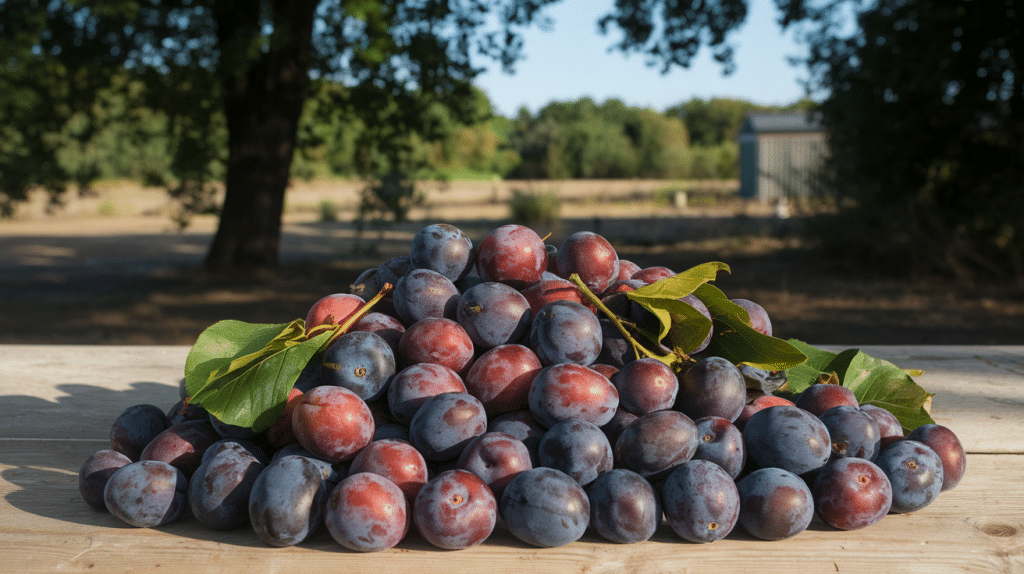
This early-season European plum is popular for its resistance to disease and ability to ripen quickly. It is often one of the first plums available in the summer.
- Origin: Sweden
- Botanical Name: Prunus domestica ‘Opal’
- Flavor: Sweet and juicy
- Health Benefits: Promotes gut health, rich in vitamins A and C, aids digestion
- Culinary Use: Ideal for fresh eating, baking, and making preserves
23. October Red Apple
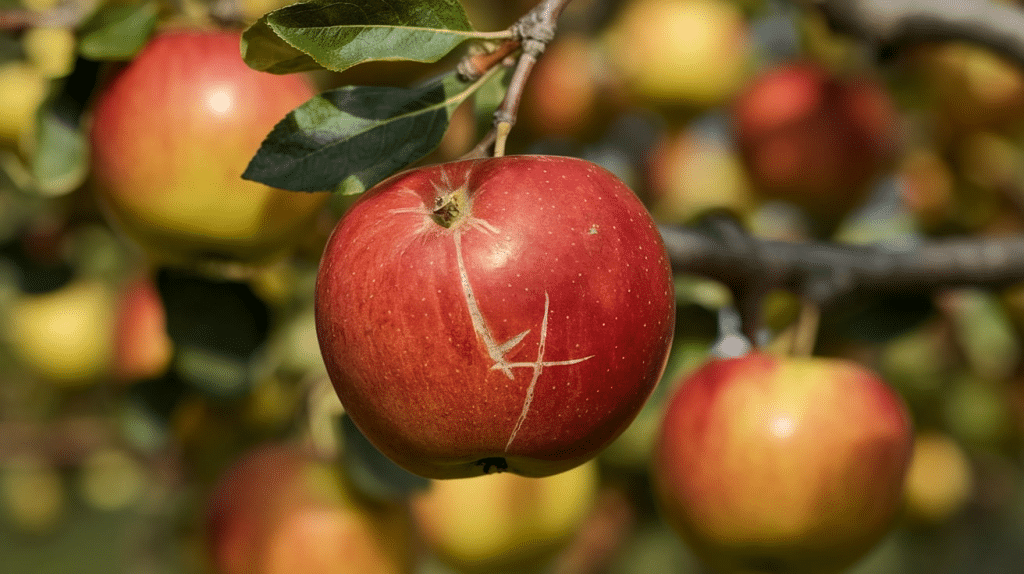
This late-season apple variety is valued for its deep red skin and firm texture, making it an excellent choice for fresh eating and storage.
- Origin: United States
- Botanical Name: Malus domestica ‘October Red’
- Flavour: Sweet with a hint of spice
- Health Benefits: High in fiber, supports immune function, good for heart health
- Culinary Use: Consumed fresh, used in pies and cider
24. Ozark Plum
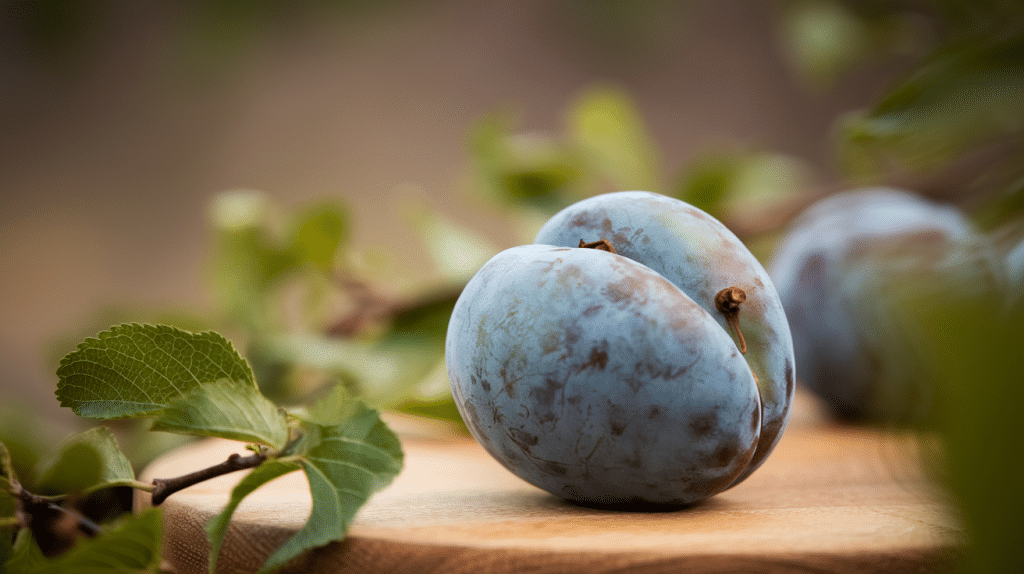
This lesser-known plum variety is highly adaptable to different growing conditions and is appreciated for its consistent yield of fruit.
- Origin: United States
- Botanical Name: Prunus americana ‘Ozark’
- Flavour: Mildly tart with a sweet finish
- Health Benefits: Supports bone health, rich in fiber, aids digestion
- Culinary Use: Used in jams, sauces, and eaten fresh
25. Orah Mandarin

A seedless mandarin variety, Orah mandarins are grown for their high juice content and easy-to-peel skin, making them a favorite among citrus lovers.
- Origin: Israel
- Botanical Name: Citrus reticulata ‘Orah’
- Flavor: Sweet with a subtle tartness
- Health Benefits: Supports immune function, high in vitamin C, good for hydration
- Culinary Use: Eaten fresh, used in juices, and fruit salads
26. Olympic Asian Pear
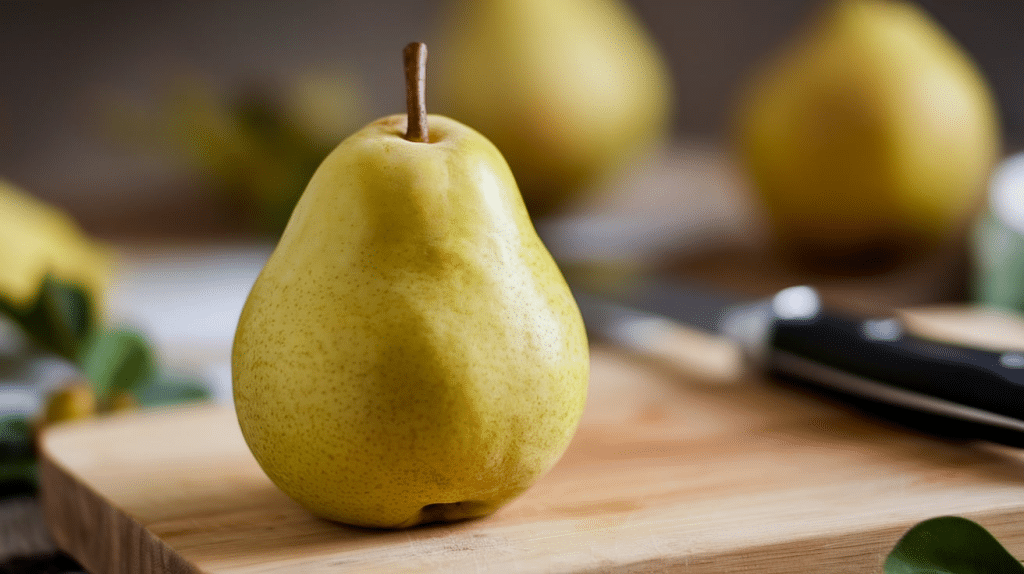
This large Asian pear variety is prized for its crisp texture and long shelf life. It is often enjoyed fresh and chilled for a refreshing snack.
- Origin: Korea
- Botanical Name: Pyrus pyrifolia ‘Olympic’
- Flavor: Mildly sweet with a crisp texture
- Health Benefits: Supports hydration, good for digestion, high in fiber
- Culinary Use: Consumed fresh, used in salads, and paired with cheese
27. Oregon Cherry
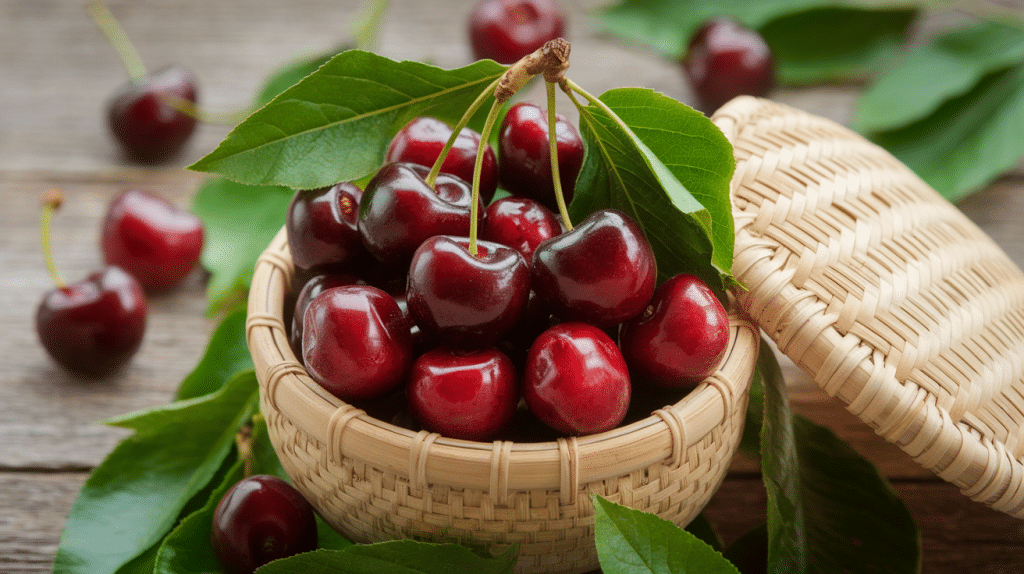
A variety of sweet cherry that thrives in Oregon’s cool climate, this fruit is a staple in summer farmers’ markets.
- Origin: United States (Oregon)
- Botanical Name: Prunus avium ‘Oregon’
- Flavor: Sweet with a juicy texture
- Health Benefits: High in antioxidants, supports joint health, promotes sleep
- Culinary Use: Used in desserts, eaten fresh, and made into preserves
28. Orangeberry
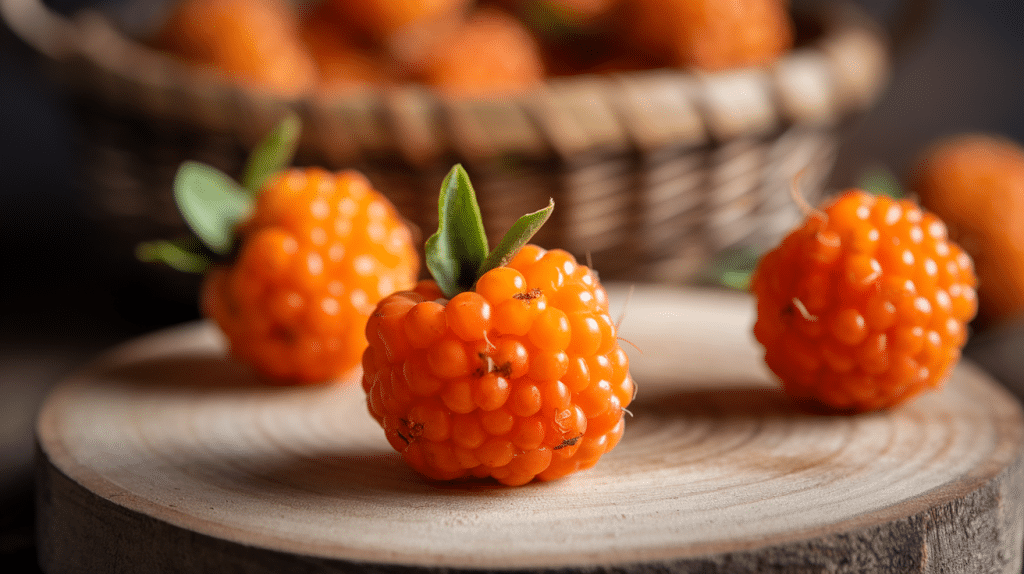
A rare tropical berry with orange skin, this fruit is often found in dense forests and is used in traditional medicine.
- Origin: Southeast Asia
- Botanical Name: Glycosmis pentaphylla
- Flavor: Mildly sweet with a herbal aftertaste
- Health Benefits: Supports digestion, rich in antioxidants, has antimicrobial properties
- Culinary Use: Used in herbal teas and eaten fresh
29. O’Neal Blueberry
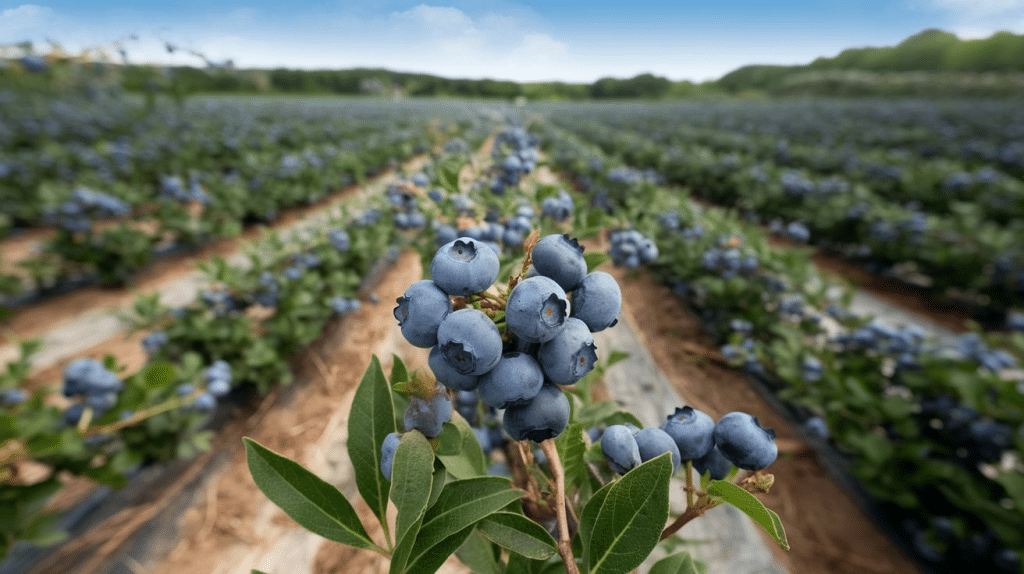
A high-quality blueberry variety, the O’Neal blueberry is known for its early ripening and ability to thrive in warm climates.
- Origin: United States
- Botanical Name: Vaccinium corymbosum ‘O’Neal’
- Flavor: Sweet with a hint of tartness
- Health Benefits: Supports brain health, rich in antioxidants, boosts metabolism
- Culinary Use: Used in muffins, smoothies, and fresh snacking
30. Okitsu Wase Satsuma

A cold-hardy citrus variety, this easy-to-peel fruit is popular in Japan and is harvested early in the season.
- Origin: Japan
- Botanical Name: Citrus unshiu ‘Okitsu Wase’
- Flavor: Sweet with mild acidity
- Health Benefits: High in vitamin C, promotes skin health, supports digestion
- Culinary Use: Eaten fresh, used in juices and fruit salads
31. Oenothera Fruit
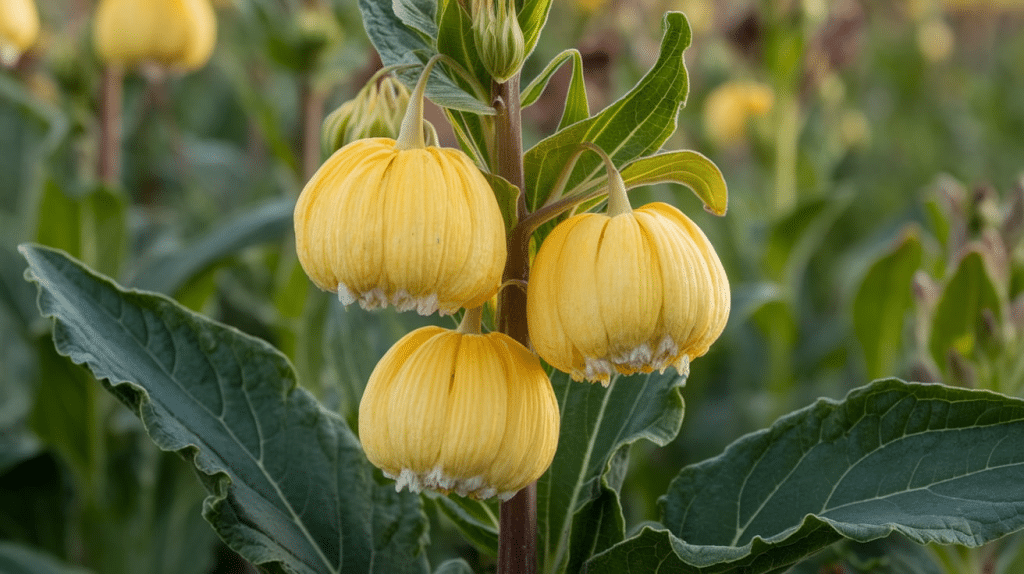
This small fruit grows on the evening primrose plant and is more commonly used for medicinal purposes than culinary applications.
- Origin: North America
- Botanical Name: Oenothera biennis
- Flavor: Mild and slightly bitter
- Health Benefits: Supports hormonal balance, anti-inflammatory properties, good for skin health
- Culinary Use: Used in herbal medicine and teas
32. Oconee Pecan
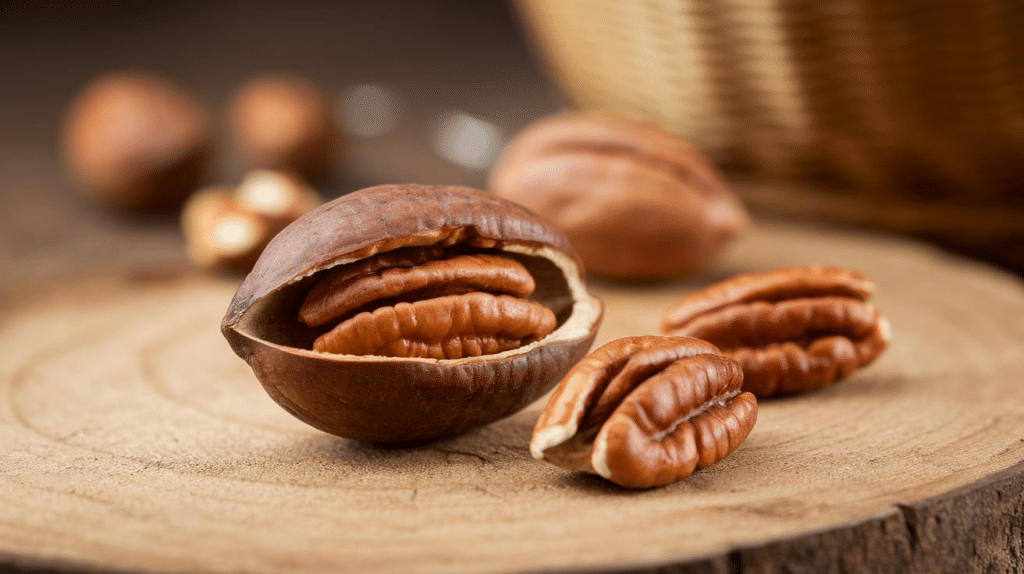
Technically a fruit, the Oconee pecan is a high-yielding variety known for its large, flavorful nuts.
- Origin: United States
- Botanical Name: Carya illinoinensis ‘Oconee’
- Flavor: Nutty and buttery
- Health Benefits: Good for heart health, high in healthy fats, supports brain function
- Culinary Use: Used in pies, roasted, and as a snack
33. Ochna Fruit
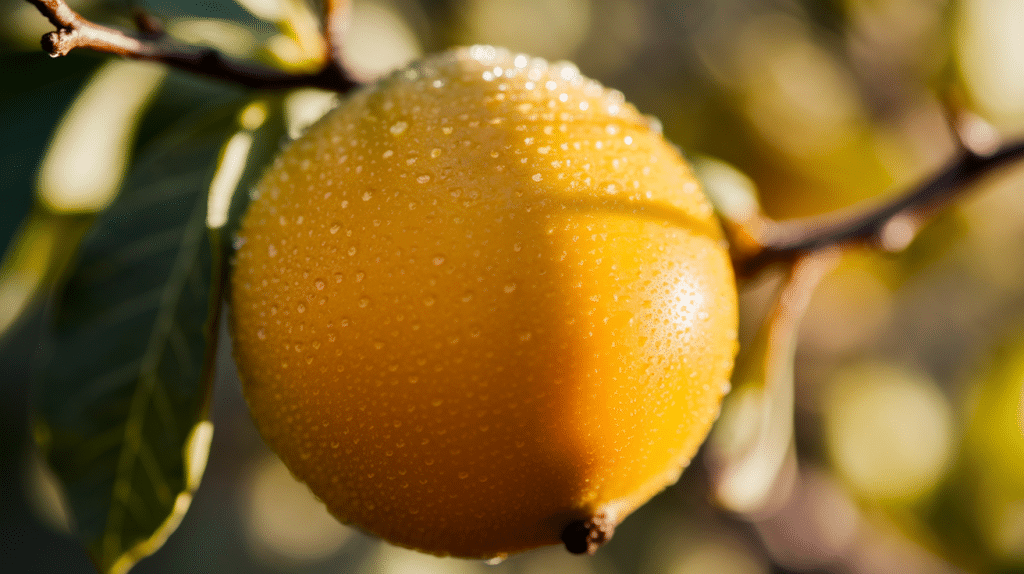
A small fruit produced by the Ochna tree, it is primarily found in tropical regions and has a distinctive seed-bearing structure.
- Origin: Africa and Asia
- Botanical Name: Ochna serrulata
- Flavor: Slightly bitter and astringent
- Health Benefits: Supports liver health, rich in antioxidants, promotes digestion
- Culinary Use: Occasionally used in traditional herbal remedies
34. Ogeechee Tupelo Fruit

Found in swampy areas, this fruit grows on the Ogeechee Tupelo tree and has historically been used as a natural source of vinegar.
- Origin: Southeastern United States
- Botanical Name: Nyssa ogeche
- Flavor: Very sour and acidic
- Health Benefits: Supports digestion, high in vitamin C, aids immune function
- Culinary Use: Used in making vinegar, sauces, and pickles
35. Orangelo

A naturally occurring hybrid between an orange and a grapefruit, this fruit is large and juicy with a bright orange peel.
- Origin: Puerto Rico
- Botanical Name: Citrus × paradisi × Citrus sinensis
- Flavor: Sweet with a hint of bitterness
- Health Benefits: High in vitamin C, supports hydration, promotes heart health
- Culinary Use: Eaten fresh, juiced, and added to fruit salads
36. Oca

A small tuberous fruit with a bright red or yellow exterior, oca is a staple in Andean cuisine and often used as an alternative to potatoes.
- Origin: South America (Peru, Bolivia)
- Botanical Name: Oxalis tuberosa
- Flavor: Starchy with a mild tang
- Health Benefits: Rich in fiber, supports digestion, good for energy levels
- Culinary Use: Boiled, roasted, or eaten raw in salads
37. Oil Palm Fruit
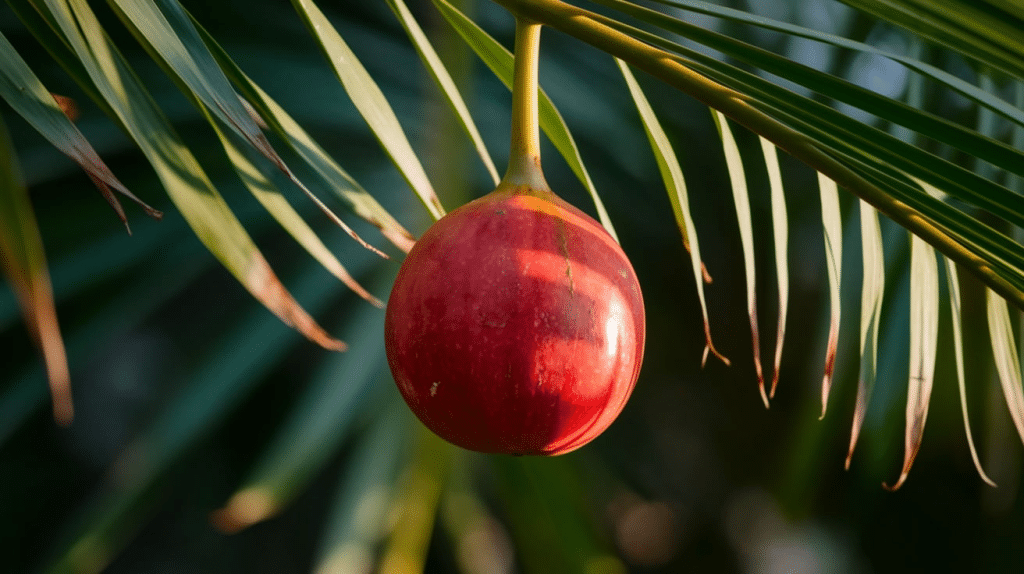
This small, reddish fruit is the primary source of palm oil, widely used in food production and cosmetics.
- Origin: West Africa
- Botanical Name: Elaeis guineensis
- Flavor: Mild and oily
- Health Benefits: High in vitamin E, supports skin health, provides energy
- Culinary Use: Pressed for oil, used in cooking, and in processed foods
Wrapping it Up!
The world of “O” fruits is full of surprises.
Some are familiar, like oranges and olives. Others, like oca and Ogeechee lime, might be new to you. Each has its own taste, texture, and story. Some are sweet, some tart, and some are even a little strange.
But that’s what makes them fun to seek.
Maybe you’ve had an Opal apple or tried olive oil in your cooking. But have you ever tasted an Orin apple or an Oregon grape? There’s always something new to enjoy.
Next time you’re shopping, grab a fruit you’ve never tried before. You might find a new favorite! Which one caught your eye? Let us know—we’d love to hear what you think.

















